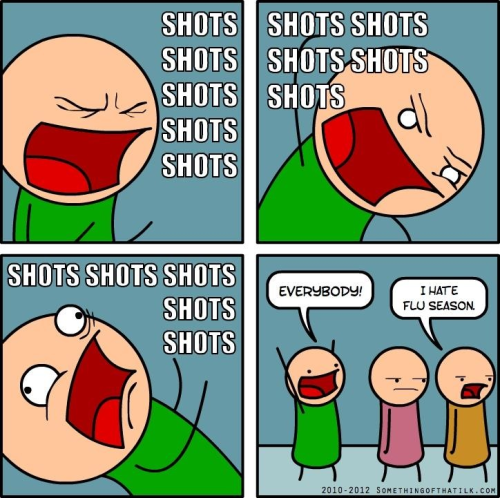Few
pathogens inspire fear to the degree that prions do. As the culprit behind such
mysterious diseases as mad cow disease and Familial Fatal Insomnia, prions
are avoided at all costs. In December of 2003 more than 30 countries closed
their borders to all beef imports from the United States because just one cow
from the state of Washington tested positive for mad cow disease (1). But what
are prions? And why do they evoke such aggressive responses?
Prions are
not viruses but rather a misfolded form of a particular protein, called prion
protein (PrP). This protein, whose
function remains unclear, is found throughout the body of healthy individuals
in its properly folded state, known as PrPC. When an individual is
exposed to a prion, the misfolded form of PrP known as PrPSc, the
prion can cause the normal protein to adopt its misfolded state. The normal PrPC
is converted into the abnormal PrPSc, which can then go on to
convert more healthy proteins into their pathogenic form. Eventually amyloid
plaques of these abnormal proteins build up, mostly in neuronal tissue, causing
transmissible spongiform encephalopathies, holes in the brain that continue to
grow until the individual has passed away.
Prion
diseases are universally fatal and there is no currently approved treatment to
slow their advance (P). Because these diseases occur due to a single misfolded
protein, they are not reliant on a nucleic acid based entity for transmission,
as is every other known transmissible disease. It is for this reason that
prions are not susceptible to normal sterilization procedures, including high
temperatures and UV radiation. Transmission can occur solely due to ingestion
of infected neural tissue or, as more recently suggested, via inhalation of air
droplets (2). Because there is no known treatment for prion diseases countries
tend to go to relatively extreme measures to prevent prions from crossing their
borders.
However,
new research suggests that the use of PrP antibodies, both prophylactically and
after infection has taken root, might help slow prion disease progression (3,
4, 5, 6). These antibodies bind to
specific regions of the normal PrP protein, helping them resist conversion to their
prion form (4). However, these have mostly involved in vitro studies, which do not necessarily mean that there are
practical clinical uses for anti-PrP antibodies in treating prion diseases. One
of the main hurdles to overcome is getting these antibodies to target tissues
in the central nervous system at concentrations high enough to have an effect.
In order to do this the blood brain barrier (BBB), which is normally
impermeable to antibodies, must be overcome. In the past this has meant
inserting the drugs directly into the brain of mouse models. However, it would
be more suitable in human patients for a less invasive delivery method to be
used, especially considering the possible transmission of prions that could
occur during brain surgery.













